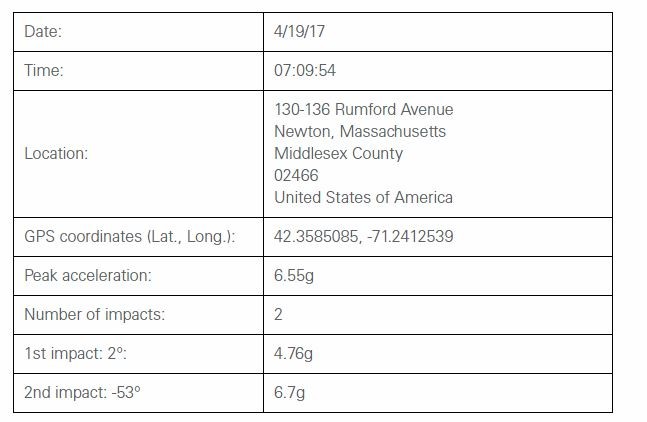Octo Telematics’ OBD2 plugin, Surround, is changing the landscape of accident claims. By leveraging telematics data, Octo provides insurers and repair shops with crucial information about the severity and details of a collision, potentially resolving disputes and streamlining the claims process. This article explores how Octo Obd2 works and its impact on the automotive industry.
How Octo OBD2 Works
The Octo Surround OBD-II plugin utilizes a six-axis accelerometer, GPS, and other sensors to capture comprehensive data about a vehicle’s movement and behavior. This constant stream of information allows for precise reconstruction of accidents. When a collision occurs, Octo’s device records detailed data for 60 seconds before and 30 seconds after the impact. This data includes:
- Impact Force and Direction: The six-axis accelerometer measures the forces exerted on the vehicle during the collision, determining the severity and direction of impact.
- Vehicle Speed: Precise speed data leading up to, during, and immediately following the crash provides crucial context for understanding the incident.
- GPS Location: GPS data pinpoints the vehicle’s location one minute before, during, and 30 seconds after the collision, verifying the location of the accident.
- Diagnostic Trouble Codes (DTCs): The OBD-II connection allows the device to read DTCs, providing insights into the vehicle’s mechanical condition both before and after the crash. This helps determine if pre-existing issues contributed to the accident or if new problems arose as a result of the impact.
Benefits of Octo OBD2 in Accident Claims
Octo’s technology offers several key benefits:
- Enhanced Claim Accuracy: The detailed data captured by Octo OBD2 provides objective evidence of the collision’s severity, eliminating reliance on subjective assessments of damage.
- Faster Claims Processing: With clear evidence available, insurers can process claims more efficiently, reducing delays and improving customer satisfaction.
- Reduced Disputes: The objective data provided by Octo helps minimize disputes between insurers, repair shops, and customers regarding the extent of damage and necessary repairs.
- Fraud Detection: The detailed data and precise location information can help identify potentially fraudulent claims.
- Improved Vehicle Safety: By analyzing driving behavior data, Octo can identify risky driving patterns and provide feedback to drivers, potentially preventing future accidents. The system can also automatically alert emergency services in the event of a severe crash.
Implications for Repair Shops and Insurers
Octo OBD2 has significant implications for the automotive repair and insurance industries:
- Transparency and Accountability: Repair shops will need to be prepared to justify repair recommendations based on the objective data provided by Octo.
- Diagnostic Accuracy: While Octo provides valuable diagnostic information, comprehensive pre- and post-repair scans with OEM scan tools remain crucial, especially for newer vehicles. Octo’s data can complement, but not replace, a thorough diagnostic process.
- Data Sharing: Insurers may share the crash dossier with customers and repair shops, fostering transparency and collaboration.
Conclusion
Octo OBD2 is revolutionizing accident claims by providing objective, data-driven insights into collisions. This technology enhances transparency, streamlines claims processing, and improves safety for all stakeholders. As telematics become increasingly prevalent, tools like Octo OBD2 will play a critical role in shaping the future of the automotive industry. While questions remain about data access and the interplay between Octo’s data and traditional diagnostic procedures, the potential benefits of this technology are undeniable.

